Weddings are moments etched into memory forever — the glances exchanged, the vows spoken, and the dress worn. A bride’s gown is not just fabric stitched together; it is an emotional expression of personality, taste, and the cultural influences that shape her. But hindsight has a way of shifting our perspective. Years later, many brides find themselves reflecting on their choices, wondering what they might have done differently if given the chance to walk down the aisle again.
For me, that reflection always circles back to the dress.
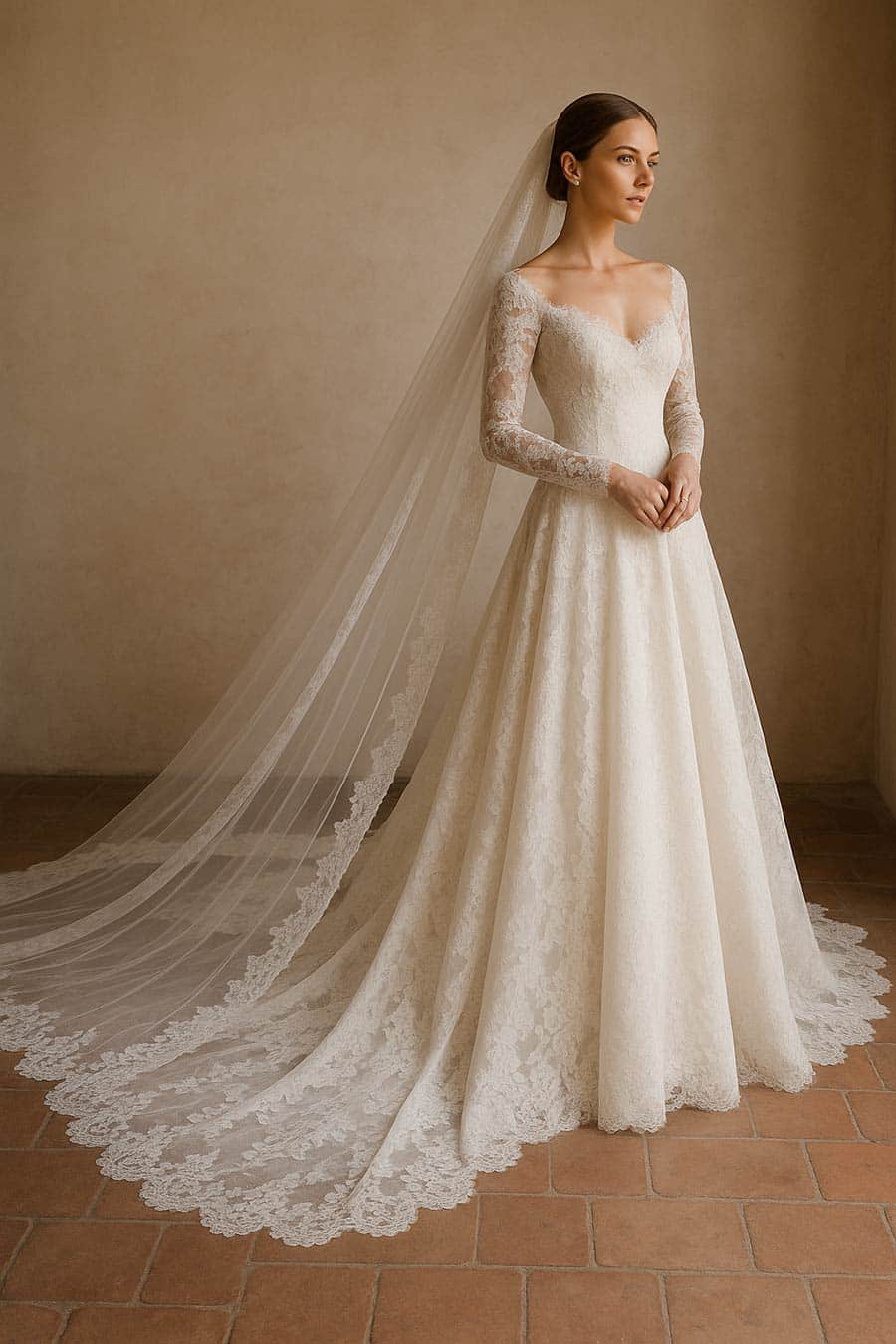

The Rise of the Billionaire Bride
When I imagine what I would choose now, I can’t help but think of modern icons like BeccaxBloom — the billionaire bride whose wedding style was even bigger than Lauren Sánchez’s headline-making Dolce & Gabbana gown. More than just a vision in couture, BeccaxBloom embodies the new archetype of the powerful financial woman: a banker who built her empire with intellect and tenacity, and who now uses her platform to give women tips on wealth, strategy, and independence. Her wedding wasn’t just about fashion — it was a statement of identity, proof that success and style can coexist. Women like her remind us that the dress can be more than romance; it can symbolize financial power, personal growth, and unapologetic ambition.
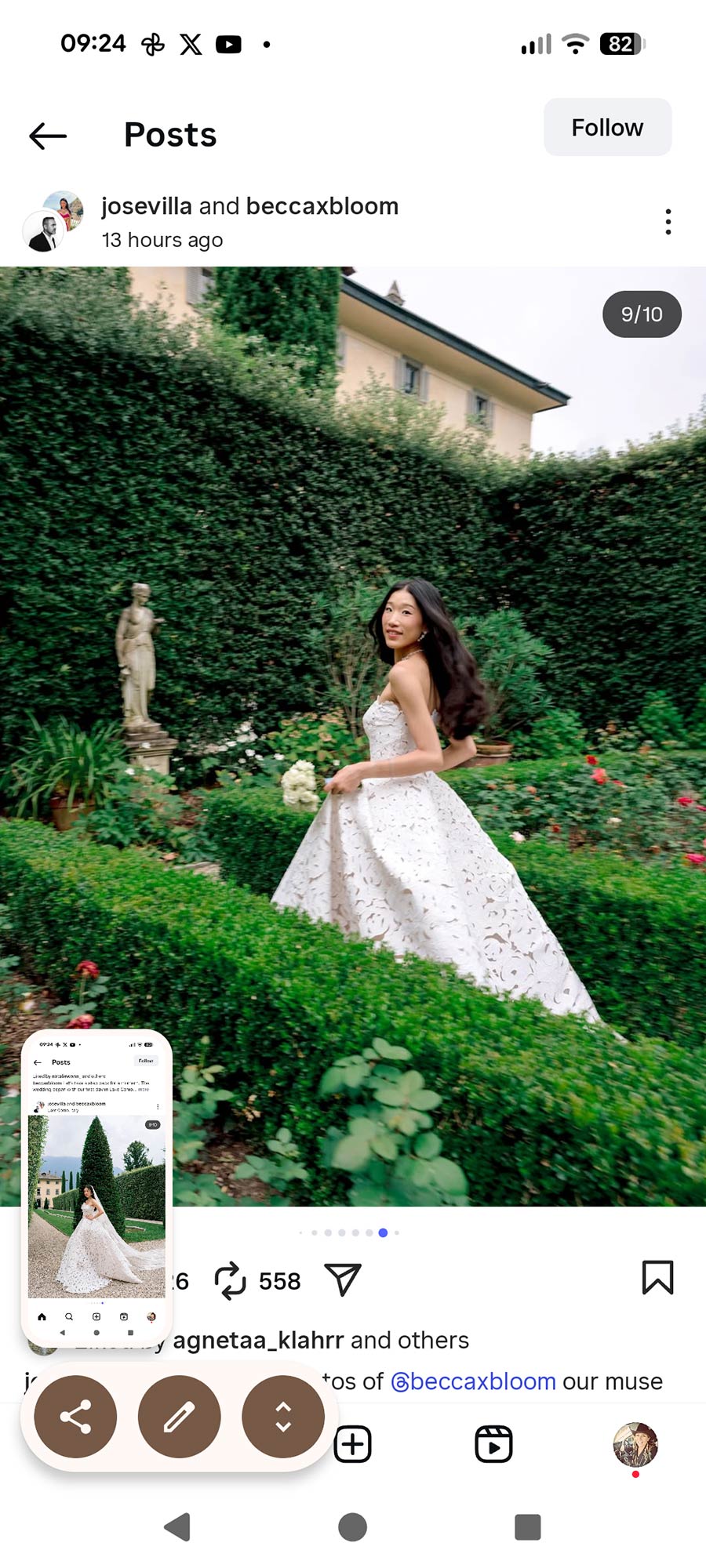
My First Wedding Dress: A Unique Cape and Satin Combination
When I married, I wanted a gown that was distinctive, not the traditional floor-length lace creation that so many brides opted for at the time. My choice was bold yet elegant: a short embroidered cape paired with a satin dress underneath.
The cape was my statement piece — delicately embroidered, shimmering as it caught the light. It felt regal, almost like a modern reinterpretation of bridal attire. Underneath, the satin gown flowed softly, giving me freedom of movement and a quiet sophistication. It wasn’t about overwhelming drama but about understated grace and individuality.
Walking down the aisle in that ensemble, I felt like myself — strong, stylish, and unafraid to deviate from the expected.
And yet, with time, I’ve often wondered: what if I had gone in another direction?
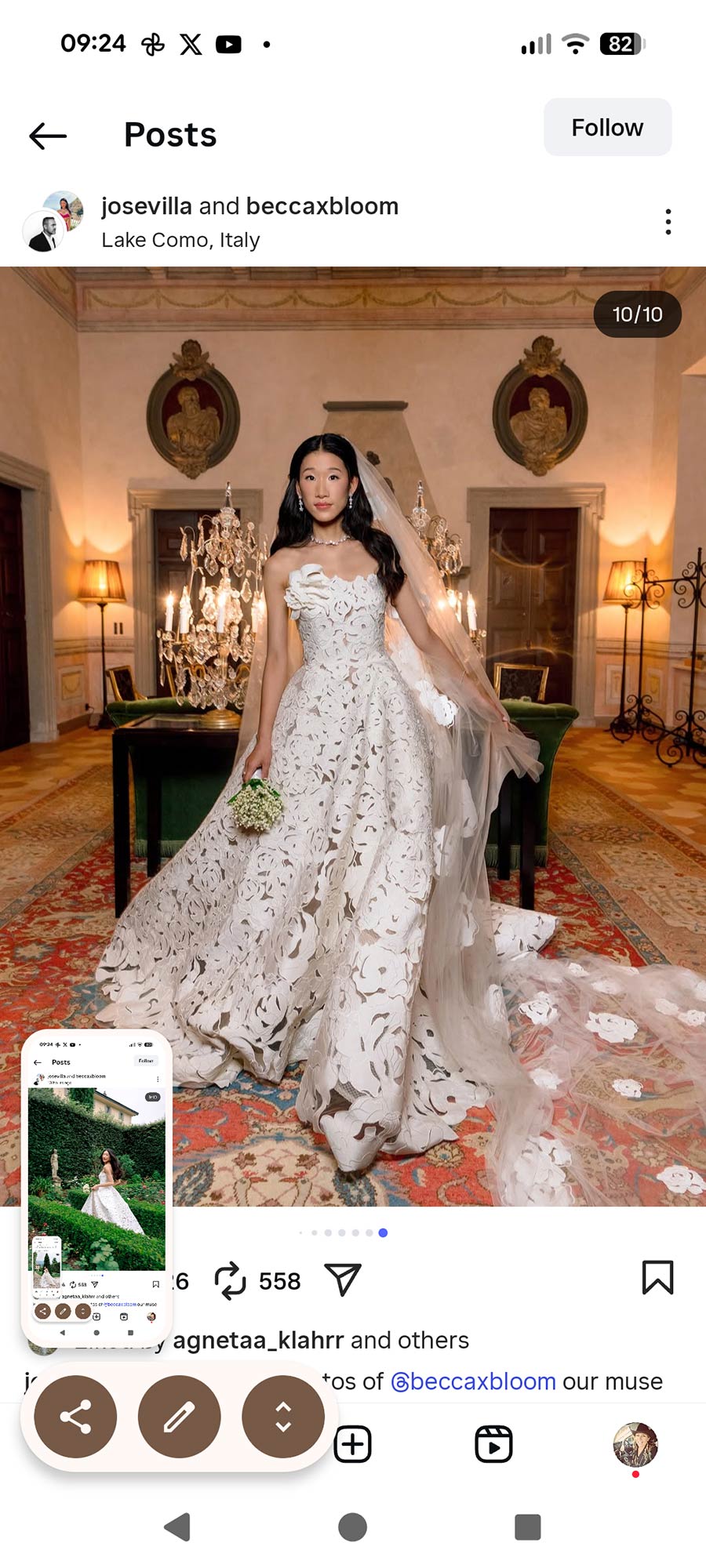

The Veil That Never Was
The one element missing from my wedding day look — and the detail I most regret — was a dramatic, floor-sweeping lace veil.
A veil is not just an accessory; it carries centuries of symbolism. From its origins in ancient rituals to its modern interpretations as a fashion statement, the veil transforms the bride into something ethereal. It frames her face, softens her silhouette, and adds that element of mystery and grandeur that makes wedding photography so timeless.
Imagine the photographs: the delicate lace falling like mist across my shoulders, trailing meters behind me, blending into the rhythm of the aisle. The satin gown paired with an Italian lace veil would have created a striking balance between minimalism and romance.
At the time, practicality guided me — I chose something lighter, easier to wear, easier to dance in. But if I were to marry again, I’d lean fully into drama and tradition. A veil, especially one crafted in Italy with exquisite lacework, would be non-negotiable.



Why Veils Have Endured
There’s a reason why so many brides, generation after generation, return to the veil despite evolving fashion trends.
- Symbolism: Historically, veils represented purity, modesty, and new beginnings. Today, while the symbolism has loosened, they still carry the weight of heritage.
- Drama: A long lace veil instantly adds theatricality. It transforms even the simplest dress into something unforgettable.
- Photography: From sweeping train shots to candid veil-in-the-wind moments, a veil gives endless opportunities for breathtaking images.
- Completeness: Many brides say they don’t “feel like a bride” until the veil is placed. It’s the final touch that elevates the outfit from “beautiful dress” to “bridal gown.”
And when it comes to lace — particularly Italian lace — the artistry speaks for itself. Regions like Venice, Burano, and Como have centuries-old traditions of lace craftsmanship. Wearing a veil made there is not just about fashion, but about connecting with history and heritage.

The Style I Would Choose Today
If I could choose my wedding dress again, I would design it around one key element: the veil. The dress would become a stage upon which the veil could shine.
Here’s how I envision it now:
- The Veil: A cathedral-length lace veil, hand-embroidered in Italy, trailing gracefully behind me. The edges would feature scalloped floral motifs, intricate yet delicate, designed to blend into the train of the gown. It would create continuity, as if the veil and dress were woven together.
- The Dress: A fitted bodice with a sweetheart neckline, long lace sleeves, and a flowing skirt in silk organza or satin. I imagine something timeless, elegant, and slightly traditional but still sculpted to flatter modern lines. Not overly embellished, because the veil would carry the drama.
- The Cape Influence: Since I adored the cape I wore the first time, I would incorporate that detail into the ceremony look. Perhaps a detachable lace cape overlaying the veil — worn for the aisle and photographs, then removed for the reception. It would be the bridge between my past choice and my present vision.
This combination — veil, dress, cape — would give me everything: tradition, individuality, and the romance I missed the first time.

Why Our Choices Change
It’s not just about fashion. Reflecting on wedding attire years later is also about how we evolve as people. At the time of my wedding, I was looking for something that expressed my independence and modern spirit. Now, with more life experience and perspective, I crave a nod to timelessness.
That’s the beauty of imagining a second wedding dress. It doesn’t mean I regret my first choice — it was perfect for who I was at that time. But the idea of a “second chance dress” speaks to growth, maturity, and changing tastes.
Advice for Brides Choosing Today
If you are currently planning your wedding and debating between styles, here’s my advice:
- Think Beyond the Day: What style will you love when you look back on photos 10, 20, 30 years from now?
- Balance Practicality and Drama: Comfort matters, but don’t dismiss the elements that make you feel extraordinary.
- Invest in the Details: Accessories like veils, capes, or gloves often end up being the most memorable parts of your outfit.
- Honor Your Heritage: If you have access to artisans — whether lace from Italy, embroidery from India, or silk from Japan — incorporate it. It roots your wedding in something larger than yourself.
- Stay True to You: Trends come and go, but your gown should reflect your essence, not just the season’s fashion.
Closing Reflection
If I were to choose my wedding dress again, I would not replace the cape and satin gown that defined my first wedding look — it represented me at that time. But I would add to it. I would embrace the veil I once overlooked, allowing its lace to tell the story of romance, tradition, and heritage.
The beauty of reflecting on what we would change is not about regret, but about growth. Our choices evolve, just as we do. And perhaps the most important takeaway is this: every bride, whether first time or second, deserves to feel unapologetically radiant in her gown.
Because at the end of the day, it’s not just about the dress or the veil. It’s about the woman wearing it — and the journey that brought her there.

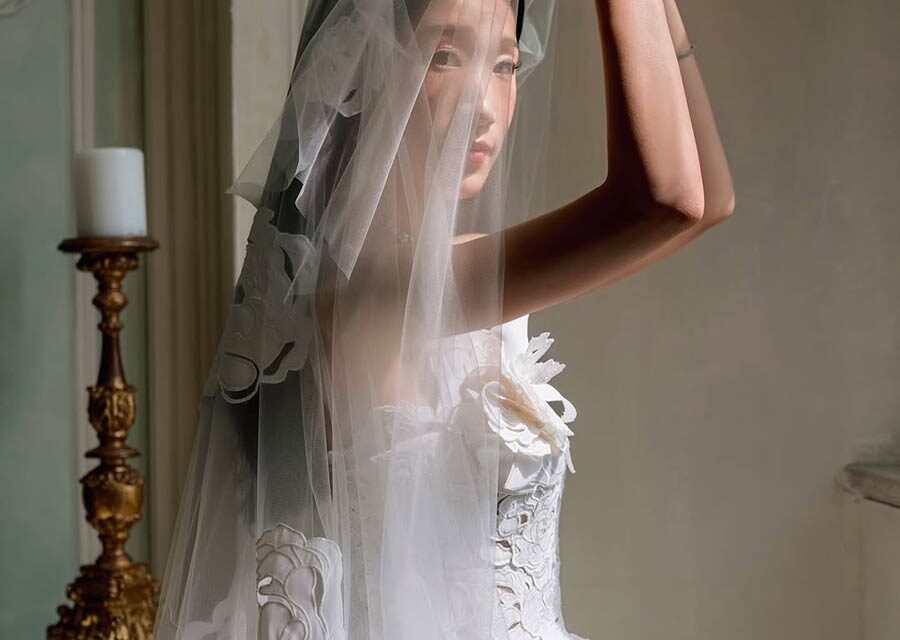

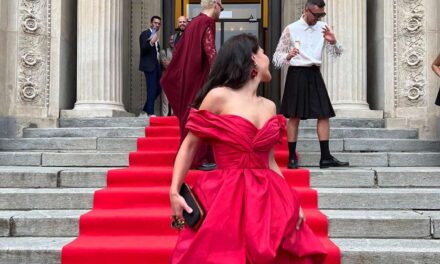

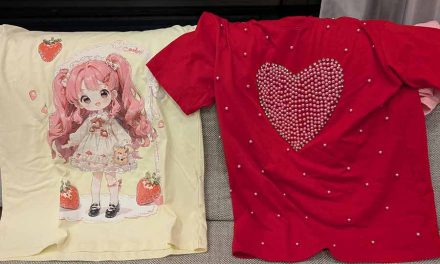










You must be logged in to post a comment.